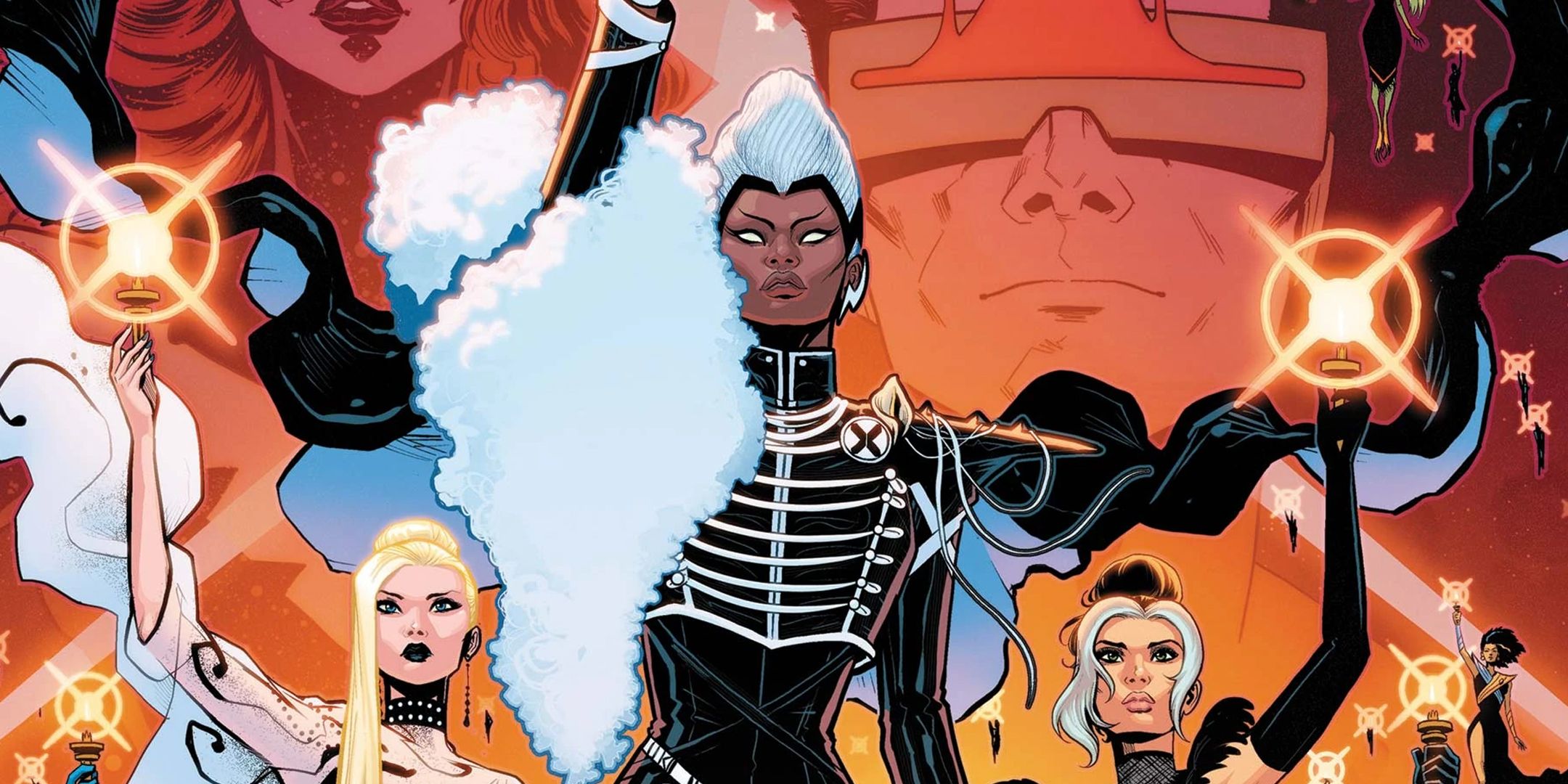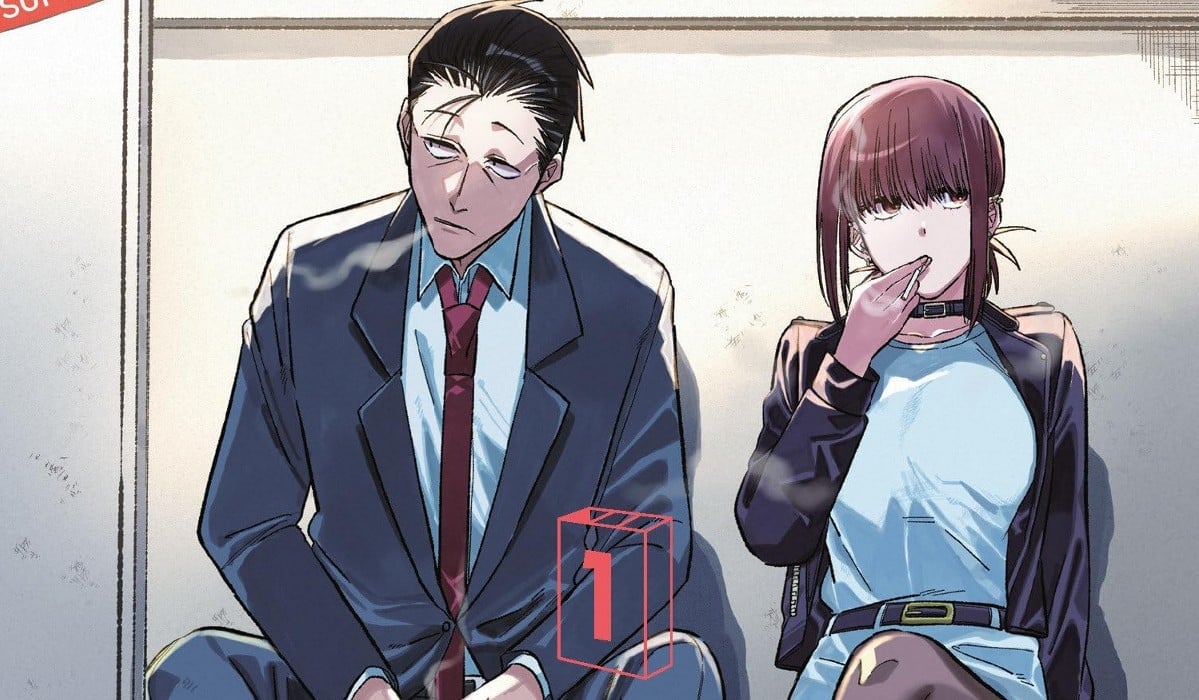Hagai Palevsky | June 10, 2025
The budgerigar is a member of the parrot family, relays page twenty-four of the creatively-titled Rebellion Presents The José Muñoz Collection, released in February. One of many Snapple-like facts written in the headers of comic pages in the British weekly mag Lion, as if to provide a thin air of ‘education’ to the otherwise-largely-themeless comics that appear below them, it is a statement that bears little significance; it is read offhand, then, before too long, forgotten, for lack of anything good to do with that knowledge.
To the Anglophone comics reader, the name José Muñoz will be familiar from his collaborations with writer Carlos Sampayo: world-weary, ink-heavy jazz-blues-and-booze works, and quite possibly the best work to come out of that ever-so-tricky category of ‘works about the U.S. from non-U.S. creators’; it’s a strong enough and distinct enough formula that Muñoz’s sole
north-American publication sans Sampayo—“The Devil’s Trumpet,” his short story with Dennis O’Neil in the first volume of Batman: Black and White, a rare glimmer of light amidst a sea of otherwise-forgettable sludge—builds on that same all-encompassing seediness, albeit with a Rod Serling-esque bent.
 Serialized in Lion between 1973 and 1974, during which time he worked as an assistant for fellow Argentine Francisco Solano López’s studio, the three comics in Rebellion’s Muñoz collection—Stitch in Time (writer unknown), Lost in Limbo Land (written by Chris Lowder), and Sark the Sleeper (written by Frank Pepper)— precede the cartoonist’s collaborations with Sampayo by about a year, and present another side of Muñoz altogether.
Serialized in Lion between 1973 and 1974, during which time he worked as an assistant for fellow Argentine Francisco Solano López’s studio, the three comics in Rebellion’s Muñoz collection—Stitch in Time (writer unknown), Lost in Limbo Land (written by Chris Lowder), and Sark the Sleeper (written by Frank Pepper)— precede the cartoonist’s collaborations with Sampayo by about a year, and present another side of Muñoz altogether.
In his 2017 interview with Alex Dueben, when asked about the interest in the individuality of human life and emotion in his work, Muñoz remarked that “most of the comics [in the 1970s] lacked real tragic desperation,” an observation that certainly applies to these Lion works. The protagonists, for one, have about as much appeal as wet kindling; the one key trait they are given in the opening chapter (Barry Smith has his “Time Enough at Last” bookishness; Stitch in Time’s Stitch Cotton is a powder-keg of a boy constantly getting into trouble; Sark the Sleeper’s protagonists are two trespassing boy explorers) is only an excuse for the inciting incident, past which point it is all-too-readily done away with.
 As was typical among the British weekly mags, the collection’s latter two strips were originally serialized in two-page increments; Stitch in Time, leisurely by comparison, sported three-page chapters. The key principle, then, was a four-word edict: Keep the plot moving. Lost in Limbo Land—the shortest story of the bunch, at a total of eighteen pages—is largely indicative of the structure in such stories: the first chapter establishes the premise (young Barry Smith finds himself transported to the realm of Norse myth and must find his way home); in subsequent chapters, the last page introduces a threat to be resolved immediately on the first page of the next chapter, until finally Barry is home (thanks less to his efforts than to the Uatu-the-Watcher-esque sorcerer who aids him). I can’t help but think of Edgar P. Jacobs’ The U Ray, which I reviewed last year; here, too, the structure nullifies every bit of drama through sheer attrition.
As was typical among the British weekly mags, the collection’s latter two strips were originally serialized in two-page increments; Stitch in Time, leisurely by comparison, sported three-page chapters. The key principle, then, was a four-word edict: Keep the plot moving. Lost in Limbo Land—the shortest story of the bunch, at a total of eighteen pages—is largely indicative of the structure in such stories: the first chapter establishes the premise (young Barry Smith finds himself transported to the realm of Norse myth and must find his way home); in subsequent chapters, the last page introduces a threat to be resolved immediately on the first page of the next chapter, until finally Barry is home (thanks less to his efforts than to the Uatu-the-Watcher-esque sorcerer who aids him). I can’t help but think of Edgar P. Jacobs’ The U Ray, which I reviewed last year; here, too, the structure nullifies every bit of drama through sheer attrition.
It’s a formula that requires a relentless sort of proficiency: every page sports between seven and nine panels, every single panel brings with it new actions and moving parts, and not a single one is ever wordless. Such rhythmic fixity doesn’t allow for much ‘flash,’ let alone atmosphere, only a compromised clarity, and indeed Muñoz here does not resemble the artist of Alack Sinner, with his ruminative chiaroscuro; if anything, the thin, labored dry-brush tilts him closer to the stoic rigidity of studio-owner Solano López.
His character-acting, too, typically subdued and pragmatic, here becomes sweeping and unmistakable — when Mister Universe, the evil space-master from whom Stitch and his alien friend escape in Stitch in Time, is angry, he raises his arms in the air; when an apelike French Foreign Legion bruiser misses his target, steam blows out of his ears and his eyes cross. Chris Lowder remarks in his foreword on the rarity of artists of that time who could do proper humor, and these Mad Magazine-type expressions are solid indeed… yet it is not character work so much as caricature; vivid though Muñoz’s work may be, emotion will always emerge from the circumstance of the moment, not from any ingrained character.
Muñoz’s compositions, we know, benefit from as much room to breathe as possible, and indeed the rare uncluttered panels in Muñoz’s Lion work are the most beautiful in the collection. See, for instance, his drawing of the Tuareg tent encampment at the start of the fifth chapter of Stitch in Time (panel 5), a drawing that is beautiful precisely because of how unassuming it is. Note the tent, the trees, the Tuareg tribesmen viewed from afar — there’s a crispness to them, reminiscent, inevitably, of early Muñoz influence Hugo Pratt. But when you look a bit farther down, to the dunes, you see something else entirely: the rich black of the sand’s grooves takes on an intensity far closer to the woodcuts of, say, Laurence Hyde.

Such textural disruption, however, is rare and fleeting; more often than not, Muñoz’s compositions will be so monotextural as to feel frictionless, flat, perhaps not difficult to read but certainly difficult to latch onto. This is exacerbated by inconsistent, sometimes-poor reproduction; though Rebellion certainly does a remarkable job in archiving the British mainstream, the history of Brit-comics is punctuated with both mediating parties between creator and publisher (agents, studio-owners) and legal limbos created by shuttering publishers and syndicates, providing ample opportunity for the disappearance of source material. In the case of the present book, it would appear that many if not all of the pages were scanned not from any high-fidelity source material but from the final newsprint version — which is to say, from fifty-year-old cheap newsprint. The result, though natural and hardly the publisher’s fault, is nonetheless unfortunate, with pages faded to wildly-varying degrees of legibility.
There is certainly an argument to be made that, in reprinting these three José Muñoz works, we see a demystification of the image of the auteur — significant though Alack Sinner, Joe’s Bar, and Billie Holiday are in the artist’s bibliography, they only reflect a more liberated, more indulgent section of his career, one that was not created in isolation. Through a portrait of the artist as a young jobber, we may be able to see him better as a human being bound to material circumstance.
Artistically, however, what comes to mind is Steve Ditko’s refusal to draw past the first issue of Dark Dominion for Jim Shooter, on the grounds that the comic expresses Platonist ideas whereas Ditko was an ardent Aristotelian. The José Muñoz Collection, by contrast, is a display of compromised principle, if not ideological then artistic. Lost in Limbo Land’s Lowder, in his foreword, describes José Muñoz as an artist who could draw just about anything, but it appears that the one thing Lion wouldn’t let José Muñoz do is be himself.
 The end of Sark the Sleeper on May 18th, 1974 was, incidentally, also the end of Lion — past that date, the magazine was folded into another weekly, Valiant (which would go on for another two and a half years before shuttering). At that point, though, José Muñoz had already been elsewhere for a hot minute; the last four chapters of Sark were drawn by UK mainstay Eric Bradbury. There are differences between the two, to be sure, especially in facial features (page 118, panel 6 features a panicked exclamation that, with its hatched pen-work, reminds yours truly of Phil Jimenez), but, I confess, fewer than I would want to admit; even accounting for art-direction, it is a demonstration of the subdued place of individual artists.
The end of Sark the Sleeper on May 18th, 1974 was, incidentally, also the end of Lion — past that date, the magazine was folded into another weekly, Valiant (which would go on for another two and a half years before shuttering). At that point, though, José Muñoz had already been elsewhere for a hot minute; the last four chapters of Sark were drawn by UK mainstay Eric Bradbury. There are differences between the two, to be sure, especially in facial features (page 118, panel 6 features a panicked exclamation that, with its hatched pen-work, reminds yours truly of Phil Jimenez), but, I confess, fewer than I would want to admit; even accounting for art-direction, it is a demonstration of the subdued place of individual artists.
Here’s another fact for you, then: The artist José Muñoz worked on three Lion serials from 1973 to 1974. Just another bit of trivia, to be written on the header — and soon forgotten.



















 English (US) ·
English (US) ·